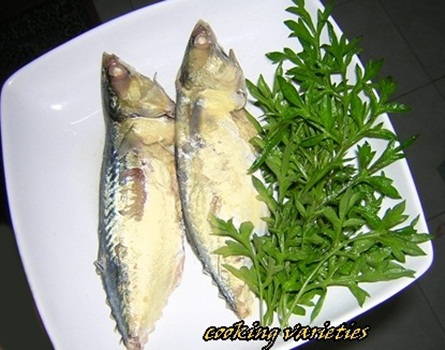The tamarind is a long-lived, bushy tree with drooping
branches and leaflets that close up at night.
The fruit has a hard,
brown shell and in it, contains a
fleshy, juicy pulp which is brown
or reddish-brown when ripened.
We call this ‘asam jawa’- tamarind is native to tropical
Africa, abundant in India and South Asia.
The tamarind fruit is used extensively in cuisines around the world with some traditional medicinal uses and over ten health benefits.
I really like the name “tamarind” or ‘tamarene’ as known by the Maoris of Cook Island… sounds beautiful.
The tamarind fruit is used extensively in cuisines around the world with some traditional medicinal uses and over ten health benefits.
I really like the name “tamarind” or ‘tamarene’ as known by the Maoris of Cook Island… sounds beautiful.
It's edible pulp is more palatable when ripened. The unripe hard green pulp is sour and acidic too.
NUTRITION
The tamarind fruit has a sweet sour taste, high in acid, sugar acid, sugar, B vitamins, vitamin C, carotenes, calcium, fiber, potassium and magnesium.
NUTRITION
The tamarind fruit has a sweet sour taste, high in acid, sugar acid, sugar, B vitamins, vitamin C, carotenes, calcium, fiber, potassium and magnesium.
culinary
uses
In Western cuisine, it is found in Worcestershire sauce and
HP sauce.
In some other countries, it is used as in tamarinier jams and
syrups and as snacks- either dried and salted, sweet, soft clusters or candied.
Or the tambran balls
rolled with white granulated sugar and a blend of spices.
Also used to make sour chilled drink and carbonated drink.
Commonly for us in Southeast Asia, tamarind is used as a souring ingredient in food dishes.
Commonly for us in Southeast Asia, tamarind is used as a souring ingredient in food dishes.
A salad dish of young
tender tamarind leaves, boiled beans, topped with crushed peanuts and crispy
fried onions, is served in rural Myanmar.
traditional
medicinal uses
In Indonesia, Malaysia and the Philippines and Javanese
traditional medicine, tamarind leaves
are used as a herbal infusion for
malarial fever, the fruit juice as an antiseptic, and for scurvy and even cough cure. Throughout Southeast Asia, fruit of
the tamarind is used a poultice applied
to foreheads of fever sufferers.
In ayurvedic medicine, it is used for gastric and/or digestion problems,
and in
cardioprotective activity.
health
benefits
cardioprotective activity.
It is rich in antioxidants and this helps fight against
cancers.
It also helps lower cholesterol and treat bile disorder.
Helps in digestion, acts as a mild laxative and can be gargled to ease sore throat.
It also helps lower cholesterol and treat bile disorder.
Helps in digestion, acts as a mild laxative and can be gargled to ease sore throat.
Based on human study, tamarind intake may delay the
progression of skeletal flourisis by
enhancing excretion of fluoride. However, additional research is needed. Skeletal fluorosis is
a bone disease caused by excessive consumption of fluoride.
Drinking tamarind juice can help reduce this
risk for diabetics and is of benefit in relation to blood sugar levels.
The juice is good for the skin, apply on the skin for that healthy glow.
The juice is good for the skin, apply on the skin for that healthy glow.
tamarind- it’s side effects
Although generally safe, tamarind juice can have adverse
effects on health. It can increase the absorption of aspirin and ibuprofen by
the body and should be avoided by those taking these medicines. It may cause
acidity in people who suffer from acid reflux.
Links here and here
Links here and here
other uses
Tamarind concentrate can be used to remove tarnish from brass
and copper.
5 tbsp heap tamarind pulp
Brown sugar to taste
2 tsp nutmeg powder
1 can carbonated drink ( sprite, 7up or lime flavored sparkling mineral water)
Mix tamarind paste with 5 cups of water, squeeze out juice
from pulp. Strain away residue. Add in sugar and nutmeg powder. Heat up, when boiled, let steep for 5
minutes. Leave to cool.
Keep chilled, when ready to serve, add in carbonated
drink.


















-wiki+-+Copy.JPG)




.JPG)



















